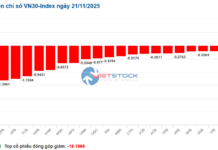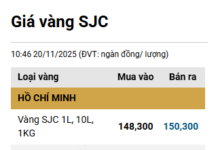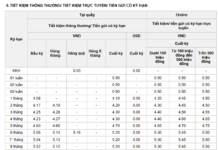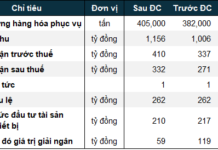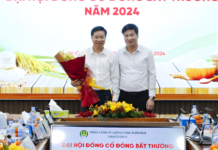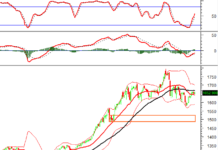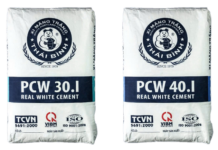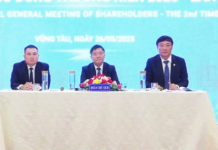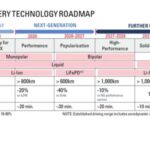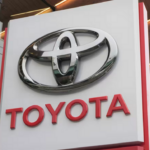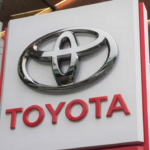Nikkei Asia has revealed that Toyota is currently grappling with a surge in orders, leading to extended delivery times and temporary order suspensions.
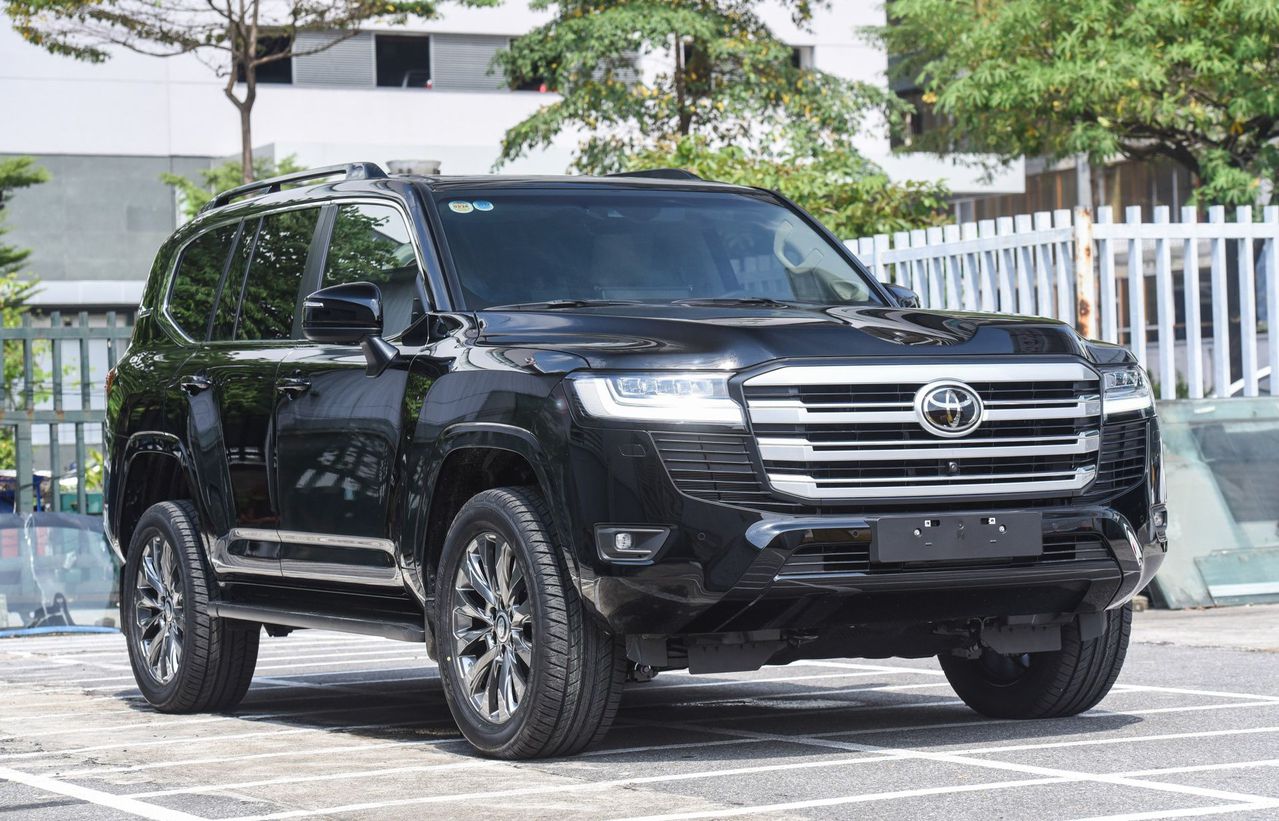
The flagship Land Cruiser model often requires a significant waiting period from deposit to delivery.
For instance, the Land Cruiser SUV typically takes a considerable amount of time from order placement to customer delivery. By the time a vehicle is delivered, the next version might already be announced.
This extended sales cycle increases customer exposure to popular models and stabilizes vehicle value, making it easier for users to resell at reasonable prices, as the vehicle is less likely to depreciate due to new releases.
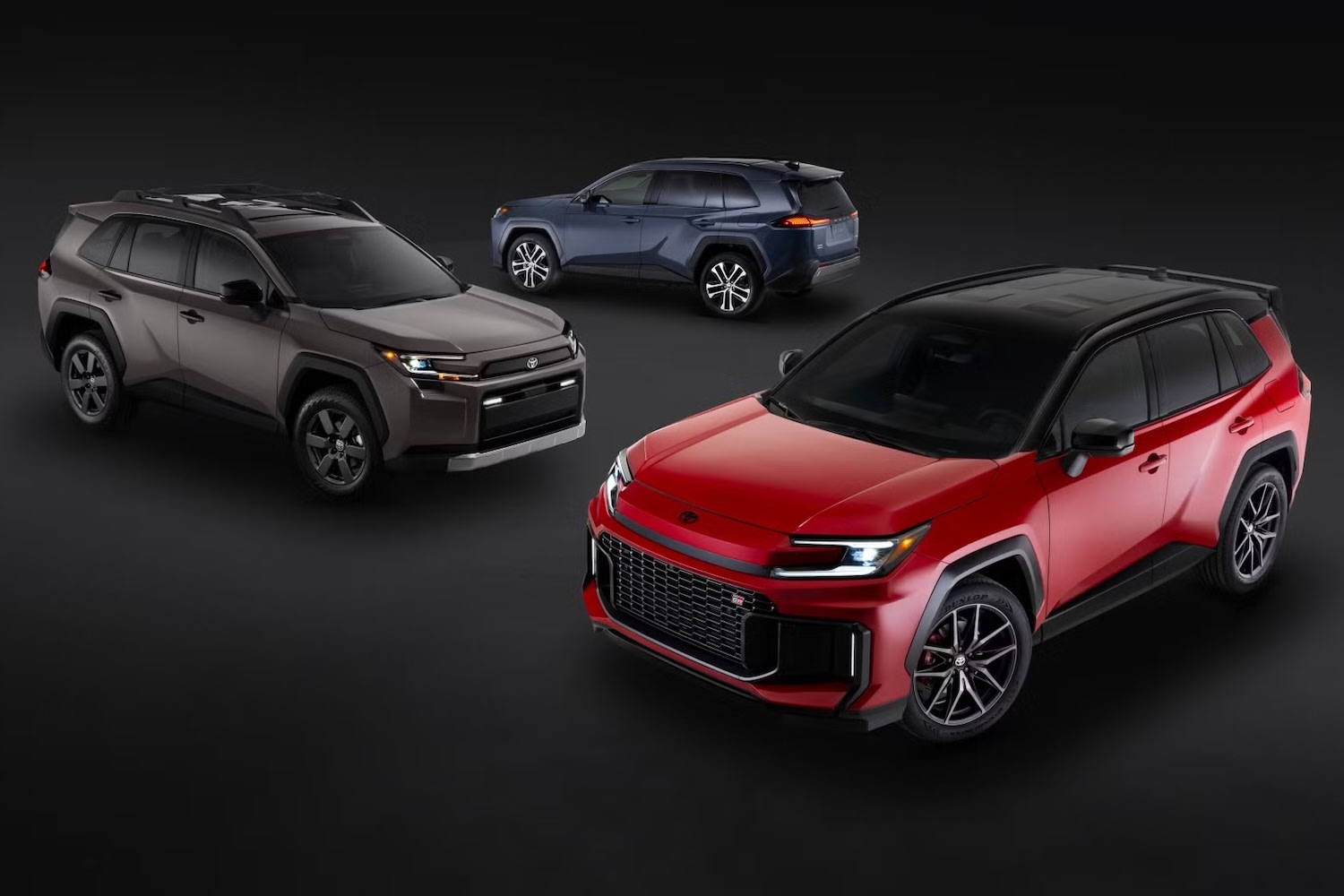
The new Toyota RAV4 launched in the U.S.
Consider the Toyota RAV4, officially launched in the U.S. in May. With Toyota’s proposed 9-year cycle, the RAV4 would be upgraded around 2034. However, the exact product cycle length may vary by model.
With longer sales cycles, Toyota will also reassess wholesale prices for dealers, which typically decrease over time after a model’s launch. In the future, wholesale prices will be more flexible, depending on the model and sales performance.
Dealers primarily profit from the difference between wholesale and retail prices. If wholesale prices are reduced, global dealers, including those in Vietnam, may offer lower prices to customers. Toyota guarantees that average wholesale prices will remain stable over the 9-year period to protect dealers from losses.
In addition to extending upgrade cycles, Toyota aims to maintain vehicle value through remote software updates. This is a key reason for the company’s confidence in prolonging the lifecycle of its models.
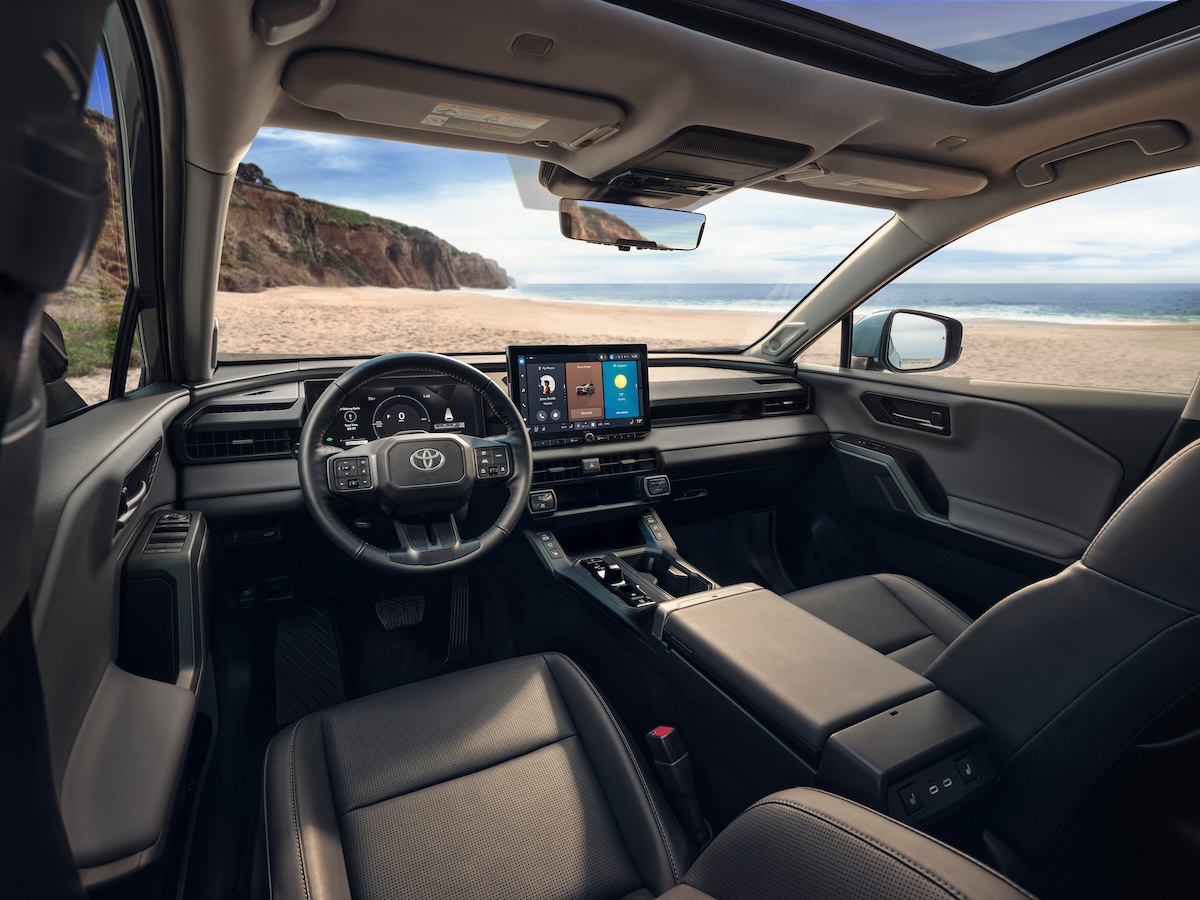
The modern interior of the newly launched Toyota RAV4 in the U.S.
Instead of waiting for new generations to access advanced safety features, modern interfaces, or engine upgrades, customers can simply connect their vehicles and receive over-the-air (OTA) updates, similar to smartphone updates.
The latest Toyota Camry generation, recently launched in the U.S., exemplifies this approach. Rather than overhauling the entire platform, Toyota focused on deep software upgrades and added numerous features.
Among Japanese automakers operating in Vietnam, Honda typically upgrades its models every 4–6 years, while Mazda has maintained the same design for the past decade.
Toyota’s Game-Changing Battery Could Upend the EV Industry: Lasts Longer Than the Car, Retains 90% Capacity After 40 Years
Toyota is making waves with its groundbreaking announcement of a new solid-state battery boasting a remarkable 40-year lifespan and the ability to retain 90% of its capacity. If realized, this technology could revolutionize the entire electric vehicle market in the coming decade.
Toyota Bets Big on Vietnam’s Hybrid Vehicle Market
Toyota Motor is set to commence hybrid vehicle production in Vietnam as early as 2027, marking a significant milestone in the Japanese automaker’s expansion strategy within the promising Southeast Asian market.

